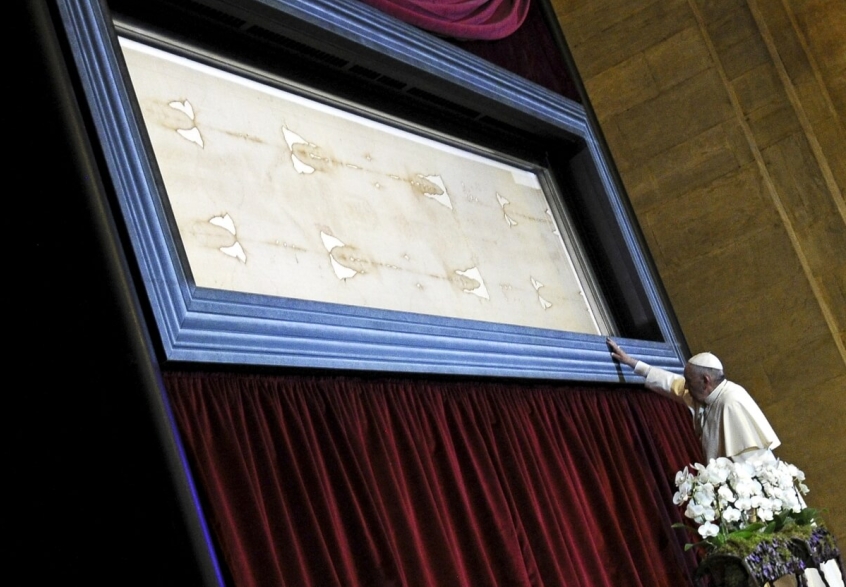
The revered Shroud of Turin, which some Christians believe is the burial cloth of Jesus Christ, may have come from India and transported to its current home in Turin, Italy, a group of Italian researchers said.
In a study published in RealClearScience.com, the researchers said the 14-foot-long garment contains DNA from plants found "all over Earth."
"Here we report the main findings from the analysis of genomic DNA extracted from dust particles vacuumed from parts of the body image and the lateral edge used for radiocarbon dating," said Dr. Gianni Barcaccia, a plant genetics and genomics professor at the University of Padova in Italy, in a paper he co-authored with his colleagues.
The researchers said they sequenced the DNA of pollen and dust found on the shroud and discovered several plant groups native to the Mediterranean.
They also linked the pollen and dust DNA to other plant groups in Asia, the Middle East, and even the Americas.
They surmised that the cloth must have been introduced at a time after the medieval period.
Moreover, the findings, which were also published in the journal Scientific Reports on Oct. 5, suggested that the cloth may have originated in India and then transported from the Near East to Italy.
The Shroud of Turin appears to show a double image of a bearded man "who suffered physical trauma in a manner consistent with crucifixion after being beaten, scourged and crowned with thorns," the researchers said.
The latest findings appear to add doubts on the authenticity of the revered cloth, which continues to be a hotly debated issue.
In 1988, an international team of researchers conducted carbon testing on the cloth the results of which showed that the fibres dated back to between 1260 and 1390—more than a thousand years after the biblical date of Jesus' crucifixion, according to the Huffington Post.
However, this study was debunked in 2005 when another analysis was conducted by a retired chemist from Los Alamos National Laboratory. This analysis cast serious doubts on the 1988 study saying the material tested that year came from a patch applied to the shroud in medieval times.
The 2005 study put the age of the shroud at 1,300 to 3,000 years, which supports the assertion that it was indeed the cloth placed on Jesus Christ after he was taken down from the cross and buried.














